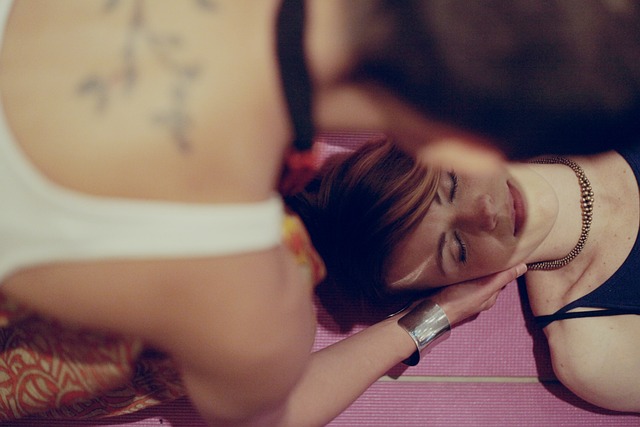Overcoming Sedentary Lifestyles: The Science of Movement and Well-being
In the era of technology and desk jobs, many of us live predominantly sedentary lifestyles. However, science has shown that this lack of movement can be detrimental to our health. This article will explore the impacts of a sedentary lifestyle, the science behind the benefits of movement, and practical advice to incorporate more activity into our daily lives.

The Rise of Sedentary Living
Our ancestors were hunters and gatherers, constantly on the move. However, modern life often involves sitting for extended periods, whether at a desk job, during a commute, or while enjoying leisure activities like watching television. This shift from a physically active lifestyle to a sedentary one has been gradual yet significant.
Health Implications of Sedentary Behavior
Prolonged physical inactivity is associated with numerous health risks. Studies have linked sedentary behavior to increased risk of heart disease, type 2 diabetes, and even certain types of cancer. Further, people who sit for long periods are more likely to struggle with mental health issues like depression and anxiety.
The Power of Movement
Physical activity has numerous benefits for our health. Regular exercise can help maintain a healthy weight, improve cardiovascular health, and reduce the risk of chronic diseases. On the mental health front, physical activity has been shown to reduce symptoms of depression and anxiety, improve mood, and boost overall well-being.
Breaking the Sedentary Cycle
Incorporating more movement into our everyday lives doesn’t necessarily mean hitting the gym for hours each day. Here are some simple and effective ways to become more active:
-
Stand up and stretch every 30 minutes while working at a desk
-
Take stairs instead of elevators or escalators
-
Walk or bike for short trips instead of driving
-
Make time for regular physical activity, like walking, running, or yoga
Quick Movement-Focused Health Tips
-
Start small: Even a few minutes of physical activity is better than none.
-
Try different activities: Find something you enjoy to make regular movement more appealing.
-
Be consistent: Aim for at least 30 minutes of moderate-intensity activity most days of the week.
-
Get social: Involve friends or family in your physical activity to make it a fun and social event.
In conclusion, while modern life may lend itself to sedentary behavior, it’s crucial to understand the importance of movement for our overall health and well-being. By understanding the risks associated with inactivity and the benefits of regular physical activity, we can make informed decisions to lead healthier, more active lives.




